Some writers of the “proletarian literary movement” were politically active, while most wrote propaganda. Some wrote works that promoted the “mission” of Japan and had little artistic value.
Meiji Literature
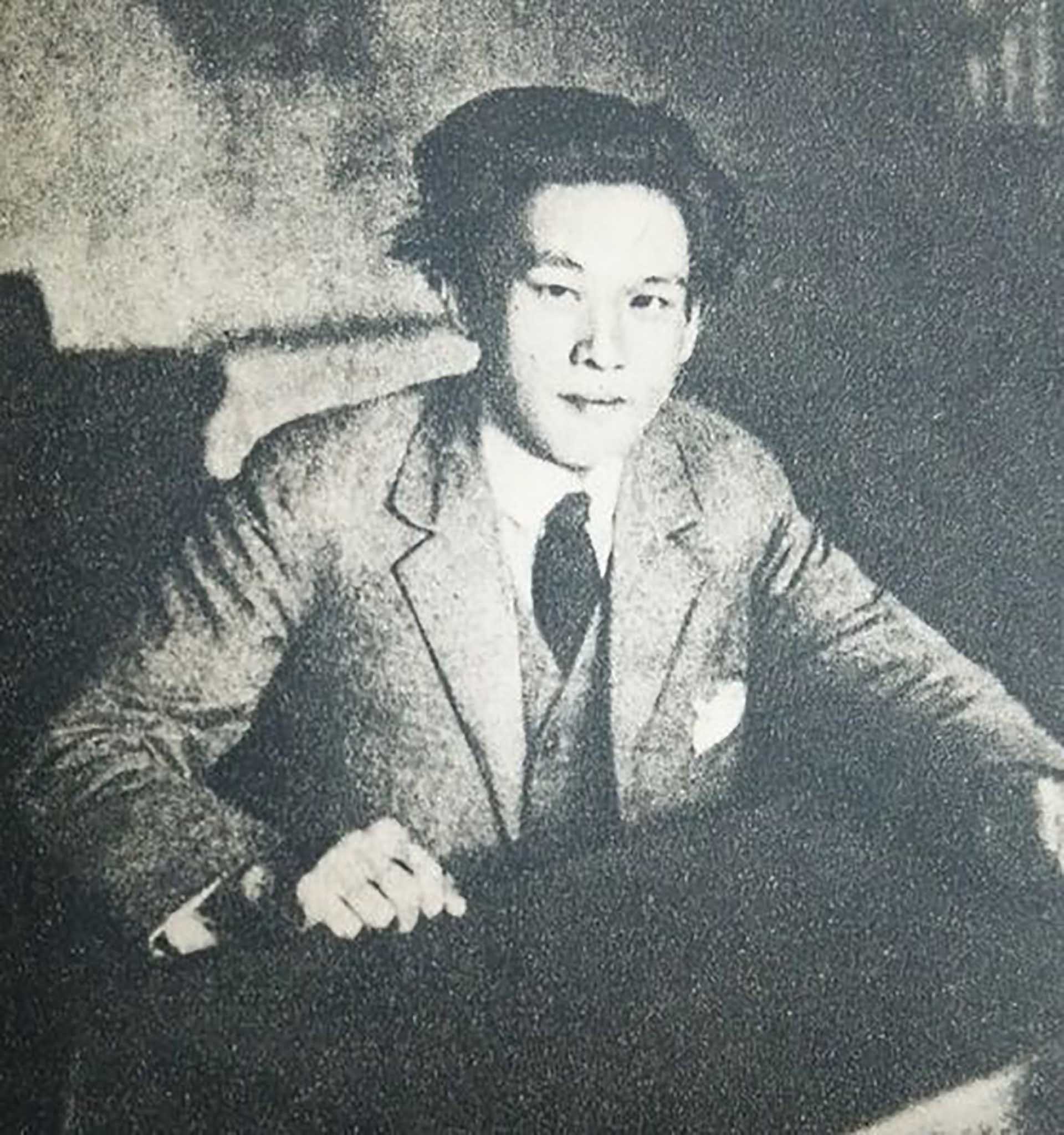 |
| Writer Yokomitsu Riichi. |
Yokomitsu Riichi (1898-1947) was a modernist, experimental writer with a tendency toward “new sensibility,” against “proletarian school” and vulgar realism.
He was a master of psychological fiction; he wrote novels, short stories and plays, entering the world with symbolist stories. He was a leader of the “new sensationalism” group, attracted by the imagery and visual effects of French symbolist and surrealist poetry.
In the mid-1920s, his style became more realistic. In the novel Shanghai (1928-1931), he talked about the May 30, 1925 movement that led to the Chinese Revolution (1925-1927).
His major works include: The City (Machi, 1916), The Sun (Nichirin, 1923), The Fly (Hae, 1923), Spring Comes in a Horse-Drawn Carriage (Haru wa basha ni notte, 1926), which deals with his wife's terminal illness and is a lyrical, sensitive story; Machine (Kikai, 1930), which shows his growing obsession with the idea of a mechanical principle governing human behavior; Time (Jikan, 1931).
Always interested in writing theory, he put forward his ideas in Discussion on Authentic Theory (Junsui shōsetsu ron, 1935), in which he emphasized the importance of the artistic yet popular novel, which became a major sensation in literary circles.
He spent half a year in Europe, starting in 1936, and based on this experience abroad, he wrote his unfinished masterpiece The Sorrow of Travel (Ryoshu, 1937-1946). In the 1930s, he was influenced by Marcel Proust (France) and James Joyce (Ireland).
Kawabata Yasunari (1899-1972) wrote novels, short stories and poems. He was awarded the Nobel Prize for Literature in 1968 and committed suicide at the age of 73. He studied literature in Japan and England and was passionate about classical poetry. Unlike most contemporary writers, he had aesthetic views rooted in old traditions. He considered himself a “sad traveler wandering the world ”.
He passionately defended the vibrations of emotional life against materialism. His works mainly expressed his inner self; his attitude was alienated from life, somewhat conservative.
The story Izu no Odoriko (1926) describes the unfulfilled love between a student and a traveling actress. It is the first work typical of the impressionist style, expressed in poetic language. Yukiguni (1935-1937, completed in 1947) praises the beauty of snow, of the seasons, of women and the traditions of the icy northern regions of Japan; the work became a classic and a masterpiece of Kawabata, placing him among the leading writers of Japan.
During World War II, he lived in isolation. After peace , he succeeded with The Thousand Cranes (Senbadzuru, 1949-1952), a tragic love story set in a tea ceremony setting; The Ancient Capital (Koto, 1962), The Roar of the Mountain (Yama no Oto, 1954), The Sleeping Beauty (Nemureru bijo, 1961), Beauty and Sorrow (Utsukushisa to Kanashimi to, 1965) - his last novel, a story of passion with a sad ending. Kawabata himself considered his best work to be The Master of Go (Meijin, 1951), a short story that contrasts sharply with his other works.
The story is a fictionalized retelling of a 1938 Go game that he reported for the Mainichi newspaper. It was the final game for the great Shūsai, who lost to a younger challenger and died a year later. Although the story appears superficial, a mere account of a struggle that culminated in a climactic battle, some readers have interpreted it as a metaphor for Japan's defeat in World War II, while others have seen it as a struggle between tradition and modernity.
Some writers of the “proletarian literary movement” were political, most of them wrote propaganda. Some wrote works that promoted the “mission” of Japan, but had little artistic value. Typical proletarian writers include:
Tokunaga Sunao (1899-1958) , the first writer of the Japanese "proletarian literature" movement in the 1920s, described the hopeless and prolonged strike of Tokyo workers in his work The Sunless Town (Taiyō no nai Machi, 1928).
After Japan's defeat in 1945, he and a number of writers founded the New Japanese Literary World (Shin Nihon Bungakkai) as the successor to the pre-war socialist literary groups.
Hayama Yoshiki (1894-1945) is best known for his proletarian novel The Sea People (Umi ni Ikuru Hitobito, 1926), which tells of the terrible working conditions on a cargo ship; and Prostitutes (Imbaifu, 1925, short story), an early example of proletarian literature in Japan. Later in life, he lived on mountain construction sites in Manchukuo.
Kobayashi Takiji (1903-1933) came from a peasant family, worked as a clerk, and illegally joined the Communist Party. He wrote many short stories and novels, expressing the feelings and thoughts of the proletariat, highlighting the struggles of the Japanese people against feudal forces, landlords, capitalism, and militarism.
His famous work is Crab Boat (Kanikōsen, 1929), which depicts the miserable life of crab fishermen and sailors; they revolt against the barbaric captain but fail. Kobayashi was captured at the age of 30 and tortured to death.
The repression of proletarian writers broke out very early. Some were imprisoned, some were forced to change direction, some put down their pens.
Source



![[Photo] Students of Binh Minh Primary School enjoy the full moon festival, receiving the joys of childhood](https://vphoto.vietnam.vn/thumb/1200x675/vietnam/resource/IMAGE/2025/10/3/8cf8abef22fe4471be400a818912cb85)
![[Photo] Prime Minister Pham Minh Chinh chairs meeting to deploy overcoming consequences of storm No. 10](https://vphoto.vietnam.vn/thumb/1200x675/vietnam/resource/IMAGE/2025/10/3/544f420dcc844463898fcbef46247d16)





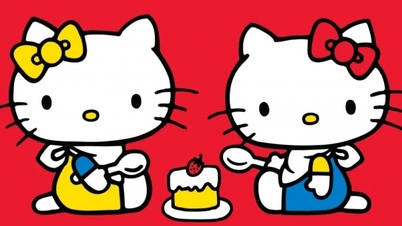


![Strolling in the American Literature Garden [Part 19]](https://vphoto.vietnam.vn/thumb/402x226/vietnam/resource/IMAGE/2025/1/19/282450858d7345568984c556f7bb952d)
![Strolling in the American Literature Garden [Part 17]](https://vphoto.vietnam.vn/thumb/402x226/vietnam/resource/IMAGE/2025/1/20/d66f4bb035b24a638d3710594d9d915f)
![Strolling in the American Literature Garden [Part 16]](https://vphoto.vietnam.vn/thumb/402x226/vietnam/resource/IMAGE/2025/1/18/0bbabac486274f6e9259fb2359a3f846)


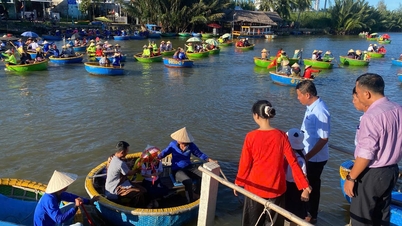

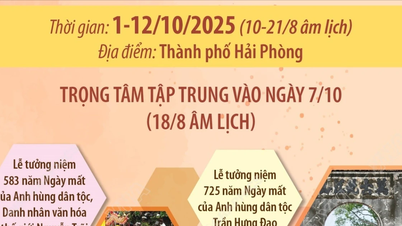


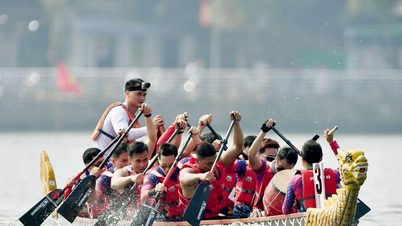
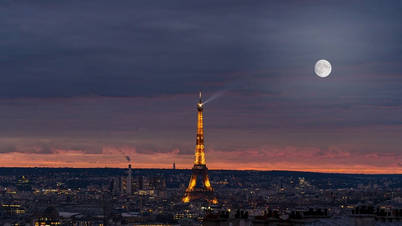





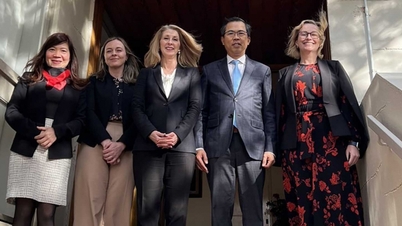

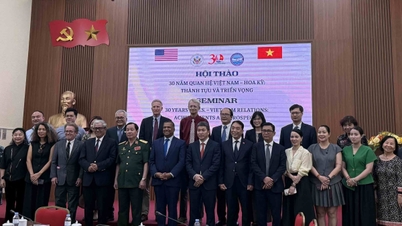
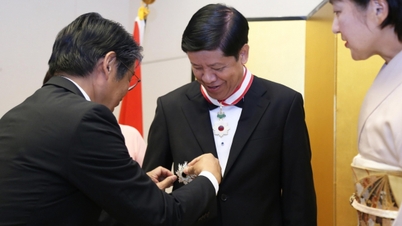
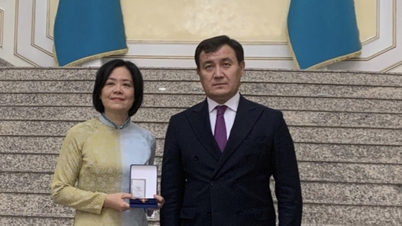

















































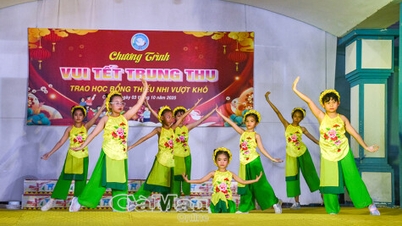


















Comment (0)